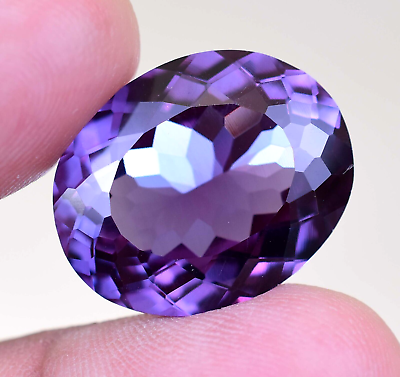Top 5 Rarest Gemstones for Investment
- Sico International

- Oct 17
- 3 min read
Explore nature’s most coveted treasures—and why they’re worth more than just their sparkle.

In the world of fine jewellery, rarity drives desire—and value. While diamonds have long been seen as the default investment gem, savvy collectors are increasingly looking to rarer stones with higher growth potential. These gemstones don’t just shine—they tell stories of scarcity, geological wonder, and exclusivity. Below, we spotlight the top 5 rarest gemstones ideal for investment.
1. Red Diamond

Why It’s Rare: Red diamonds are considered the rarest of all coloured diamonds. Unlike pink diamonds, their red hue is not caused by trace elements but by a rare distortion in their atomic structure.
Investment Value: Auction results consistently show red diamonds reaching record prices per carat. Only a handful are known to exist, making them highly sought after by elite collectors.
Notable Example: The Moussaieff Red Diamond—a 5.11-carat flawless red—sold for millions and is considered one of the most expensive diamonds ever sold.
2. Paraiba Tourmaline

Why It’s Rare: Discovered in the 1980s in Brazil, Paraiba tourmalines are prized for their neon-blue to green hues, caused by trace amounts of copper. Only a small number of mines produce true Paraiba-quality stones.
Investment Value: Paraibas are valued for both colour and rarity. Their vivid saturation and limited sources (Brazil, Nigeria, Mozambique) make them strong long-term assets.
Notable Trait: Even small stones (under 1 carat) can fetch extremely high per-carat prices if the colour is intense enough.
3. Musgravite

Why It’s Rare: First identified in South Australia’s Musgrave Ranges in 1967, Musgravite is an extremely rare member of the taaffeite family. For years, only a few specimens were known.
Investment Value: Musgravite can command five- to six-figure sums per carat due to its extreme scarcity and unique grey-violet colour.
Market Insight: With global production still extremely limited, Musgravite’s rarity gives it strong future potential as an investment gem.
4. Alexandrite

Why It’s Rare: Alexandrite’s famed colour-change—from green in daylight to red in incandescent light—is a natural optical phenomenon rarely found in other gemstones. Originally discovered in Russia’s Ural Mountains, supplies are now extremely limited.
Investment Value:High-quality alexandrites over 1 carat are rare and can be more valuable than diamonds of equivalent size. Collectors prize stones with strong colour contrast and clarity.
Notable Appeal:Often called “emerald by day, ruby by night,” alexandrite’s dramatic shift makes it uniquely collectible.
5. Jadeite (Imperial Jade)

Why It’s Rare:Jadeite is the rarer, more valuable form of jade, with Imperial Jade—the vivid, translucent green variety from Myanmar—being the most prized.
Investment Value:In Asia, especially China, Imperial Jade is a culturally significant gemstone that commands high prices. Its value has steadily risen due to cultural demand, limited supply, and increasing affluence in the region.
Historical Sales:Top-grade jadeite jewellery has sold for millions at auction, often surpassing traditional precious gems in value.
Conclusion: Invest Beyond the Obvious
While diamonds will always have their place, the world’s rarest coloured gems offer exceptional opportunities for investors and collectors. Their scarcity, history, and cultural significance create a compelling case for long-term value—especially when sourced with provenance and care.
Whether you’re building a legacy collection or seeking a standout stone with investment appeal, SICO International can help you acquire some of the rarest and most remarkable gems on the planet.
Ready to invest in a rare gemstone? Contact SICO International today to explore our exclusive collection of investment-grade gemstones with guaranteed provenance.






Comments